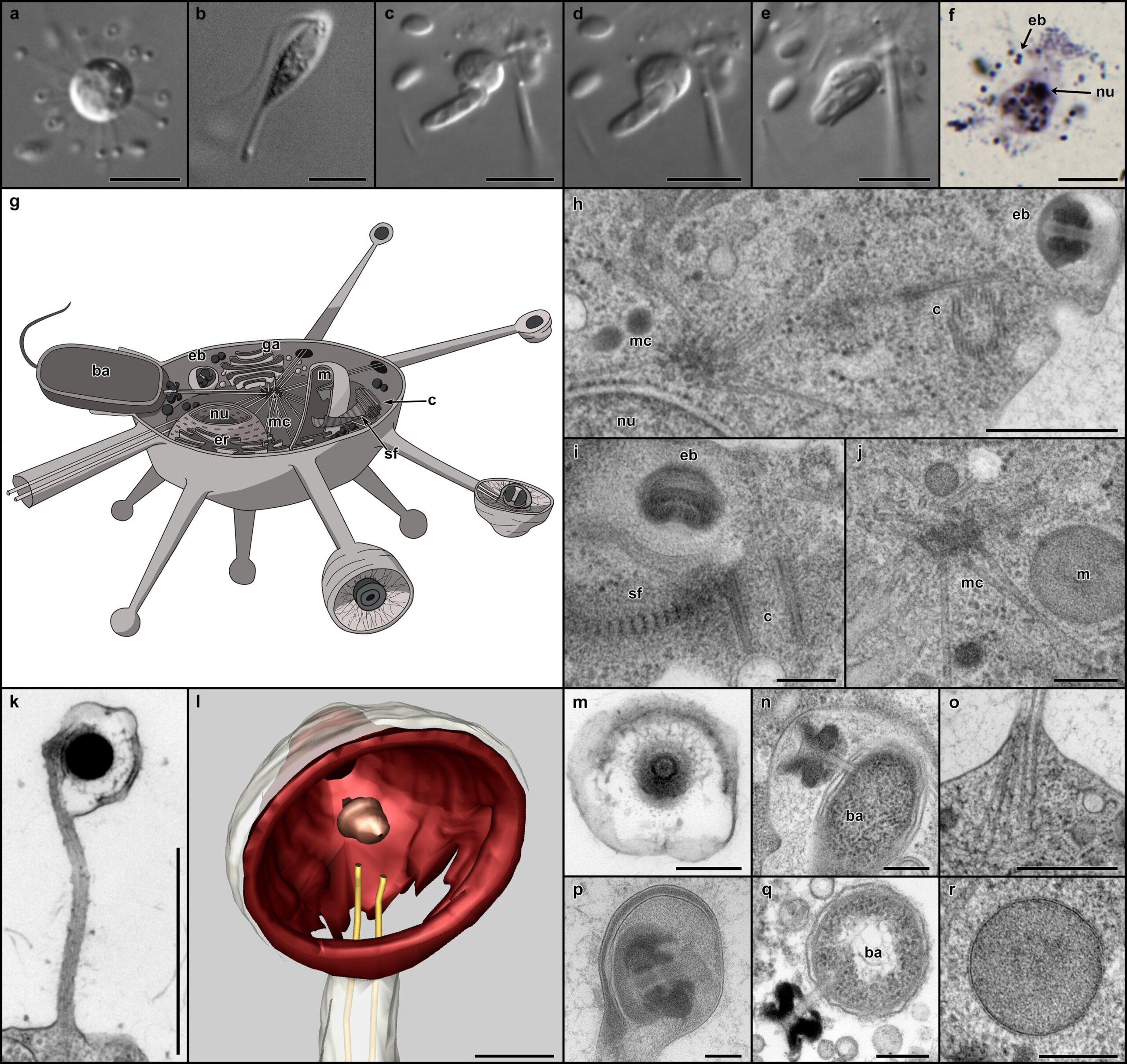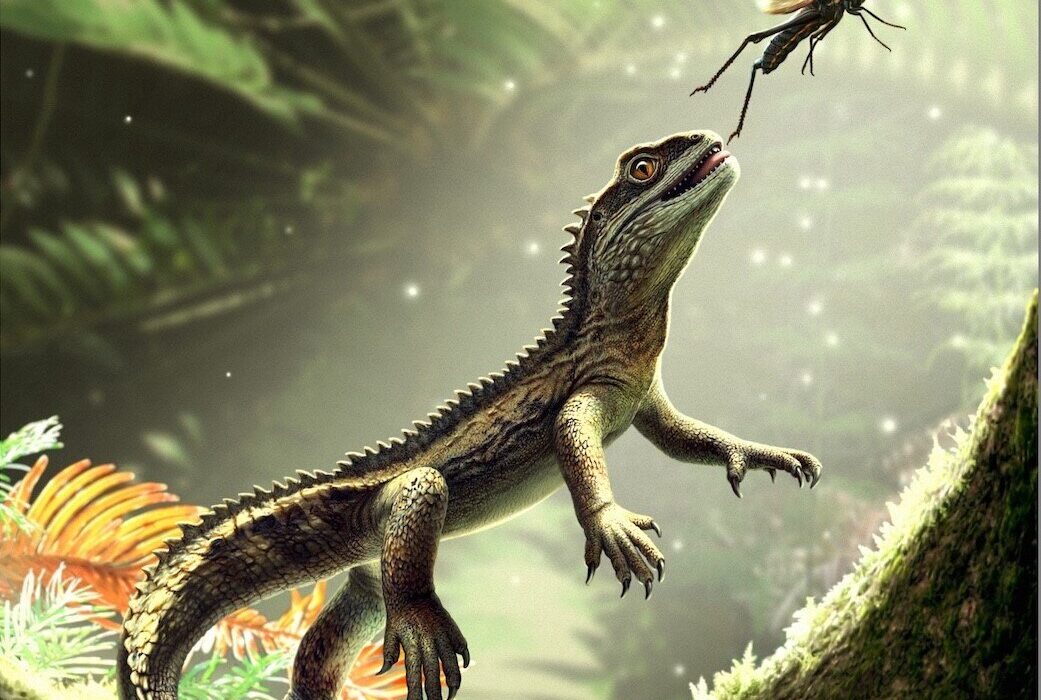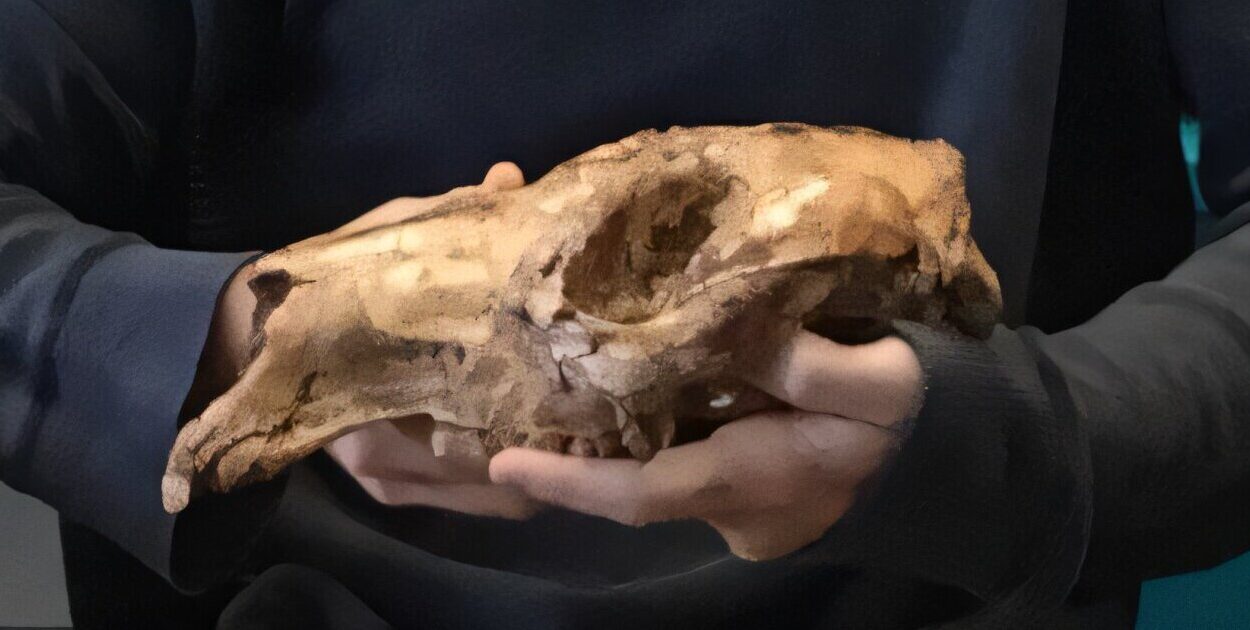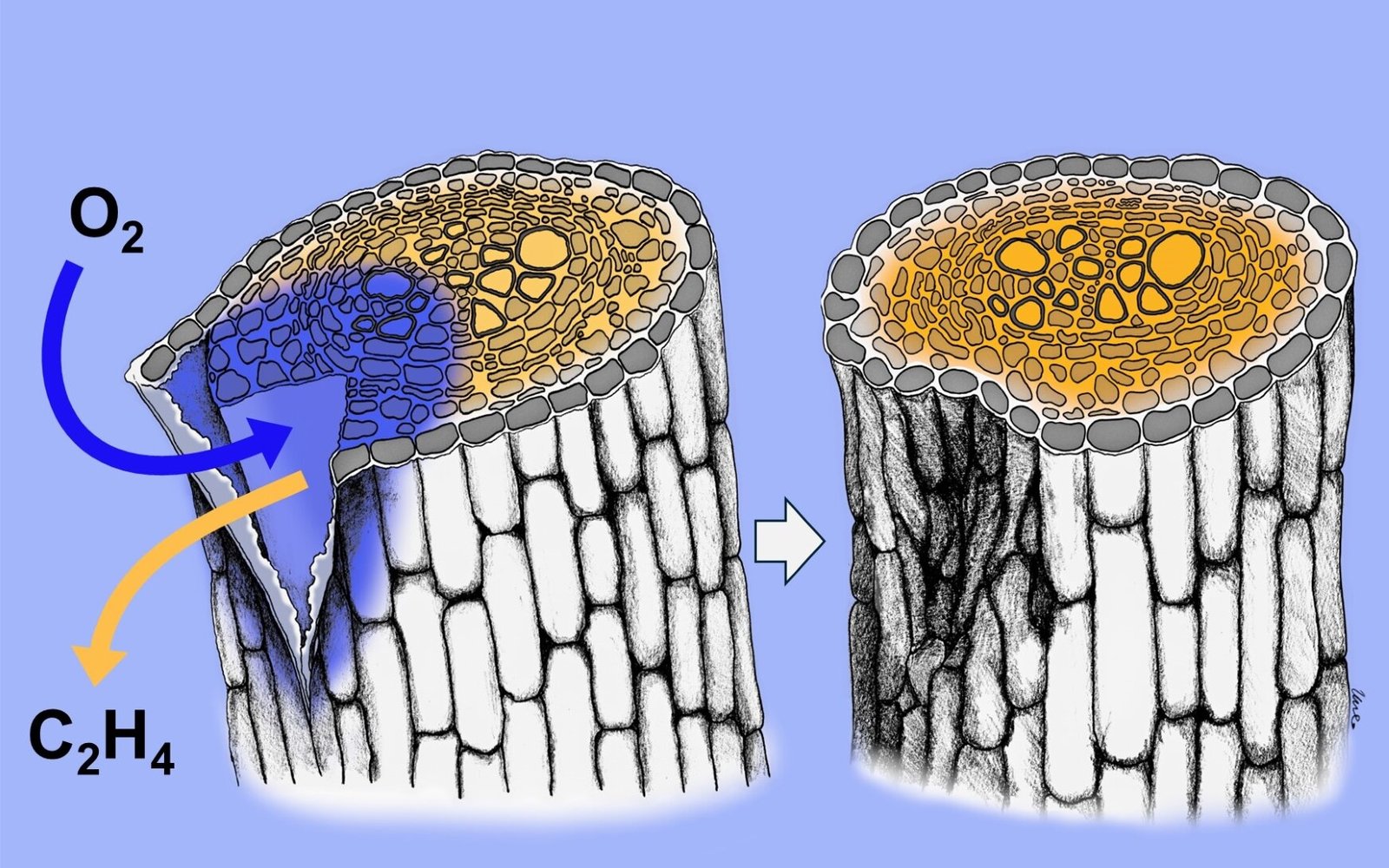For years, a quiet laboratory culture of marine ciliates sat undisturbed in a corner of the Faculty of Science at Charles University in Prague. It was an unremarkable dish of microscopic life, tended to with routine care, never provoking questions or excitement. Then one day, the expected rhythms of the culture broke. The larger ciliates suddenly died, leaving behind what appeared to be an empty space. But in that silence, something tiny and overlooked finally stepped into view.
What emerged was Solarion arienae, a unicellular eukaryote so small, so inconspicuous, and so barely motile that it had hidden in plain sight for years. Its discovery, made possible only because its larger neighbors vanished, would rewrite a chapter of evolutionary history. In a twist worthy of scientific storytelling, the death of one community revealed the survival of something far more ancient and extraordinary.
The Hidden Lineage Beneath the Microscope
When researchers first noticed Solarion, they didn’t yet realize they were staring at an organism that would force humanity to redraw the eukaryotic tree of life. But as they looked closer—sequencing its genome, mapping its structures, running exhaustive phylogenomic analyses—they confronted a startling truth. Solarion did not belong to any known major eukaryotic lineage. It stood alone.
Only one known organism seemed to sit near it: the enigmatic protist Meteora sporadica. Together, these two oddities formed a newly established phylum named Caelestes. But the surprise did not stop there. When placed alongside other peculiar microbial misfits—Provora and Hemimastigophora—Solarion helped define an entirely new eukaryotic supergroup, a new kingdom, named Disparia.
This was not a minor taxonomic adjustment. It was the revelation of a deep evolutionary branch, a lineage so ancient and thinly surviving that it might represent the last flicker of a once-mighty biological empire. As the study, published in Nature, describes, only a handful of Disparia species are known today. Their scarcity makes their existence feel almost spectral, as if they are echoes of a world long gone.
A Globally Scattered Ghost of Evolution
Solarion’s vanishing act is not limited to the laboratory. Even when scientists scanned more than 1.8 petabytes of environmental DNA—the equivalent of searching a planetary ocean of genetic data—Solarion scarcely appeared. It is almost absent from global datasets. Yet it is not nonexistent. Its genetic traces flicker faintly in scattered marine sediment samples collected from multiple parts of the world.
These rare appearances suggest that Solarion is globally distributed but universally scarce. It survives everywhere, but thrives nowhere. Rather than forming dense populations, it persists like starlight: present, but faint; real, but elusive. Its story is a reminder that vast mysteries hide in low abundance, and that the techniques we rely on may be blind to some of life’s most unusual survivors.
The researchers emphasize that Solarion’s discovery underscores the importance of cultivation-based research. Without the accidental collapse of its ciliate hosts, its presence might never have come to light.
The Strange Beauty of Solarion
To the human eye, Solarion is hardly visible at all—just a few micrometers in size, almost motionless, easy to miss. But under the right instruments, its uniqueness becomes undeniable. Most often it appears as a still, “sun-like” cell from which delicate, stalked organelles radiate outward. These structures, called celestiosomes, stretch in all directions like luminous beams. Their purpose is both simple and elegant: they capture bacterial prey.
Researchers visualized these organelles using advanced 3D electron microscopy, revealing intricate architectures not seen in any other eukaryotic organism. As if that were not enough, Solarion also produces a rarer flagellated form during its life cycle, a shape so striking that it cannot be confused with any other known species. In every stage of its existence, Solarion carries a signature that marks it as evolutionarily distant and biologically distinctive.
A Window into Ancient Mitochondria
Yet perhaps the most astonishing aspect of Solarion lies in the part of the cell that is typically considered well understood: the mitochondria. These structures, descended from an ancient alphaproteobacterial ancestor, fuel the cell’s energy needs. But over billions of years, most eukaryotes have shed the ancestral machinery inherited from that origin story.
Solarion, however, has kept a relic. It retains the gene secA, a component of a protein translocation system passed down from the earliest mitochondrial ancestor. In nearly all modern eukaryotes, this gene has long since disappeared. Its presence in Solarion marks the organism as a living time capsule, holding onto molecular features that the rest of the eukaryotic world abandoned deep in prehistory.
Even more intriguing, Solarion’s mitochondria contain a unique combination of genes that collectively offer an unprecedented opportunity to reconstruct the metabolic capacities of the last common ancestor of all eukaryotes. For evolutionary biologists, this is a remarkable gift: a biological snapshot of a cell from the dawn of complex life.
A Reminder of the Unknown
Prof. Ivan Čepička and Marek Valt, the study’s main authors, capture the emotional weight of the discovery. “Solarion is a remarkable reminder of how little we still know about the diversity of microbial life. The discovery of such an evolutionarily deep lineage—essentially a living fossil—shows that key parts of the eukaryotic story remain hidden in places we rarely explore. This organism allows us to look into a very ancient chapter of cellular evolution that we previously could reconstruct only indirectly.”
Their words resonate because they hint at something profound. Solarion is not just a new species. It is a message. It tells us that evolution preserves secrets in places where we seldom look, and that even in familiar environments, extraordinary organisms may dwell quietly, waiting for the right conditions to be seen.
Why This Discovery Matters
Solarion arienae reshapes our understanding of eukaryotic evolution. It opens a direct doorway into the biology of ancient cells, preserving ancestral mitochondrial features once believed to be lost forever. It adds a new phylum and helps define a new eukaryotic supergroup, proving that the tree of life still holds branches we have not yet mapped. It demonstrates that rare, globally scattered lineages can carry enormous evolutionary importance. And perhaps most importantly, it shows that major scientific breakthroughs can emerge from accidents, quiet moments, or overlooked details.
In a world where we often assume the major discoveries have already been made, Solarion stands as a quiet, radiant reminder that the universe of life remains far larger, stranger, and more wondrous than we imagine.
More information: Marek Valt et al, Rare microbial relict sheds light on an ancient eukaryotic supergroup, Nature (2025). DOI: 10.1038/s41586-025-09750-0






